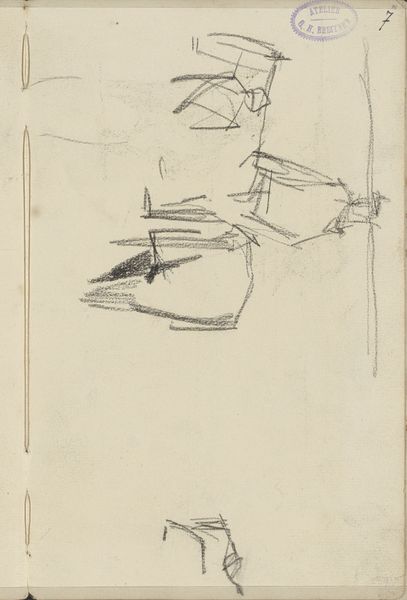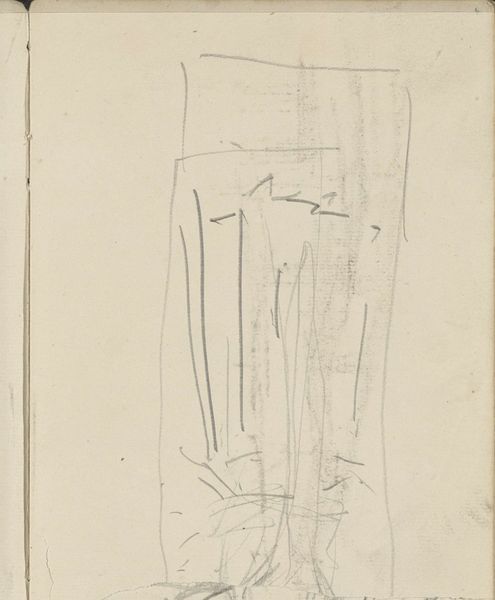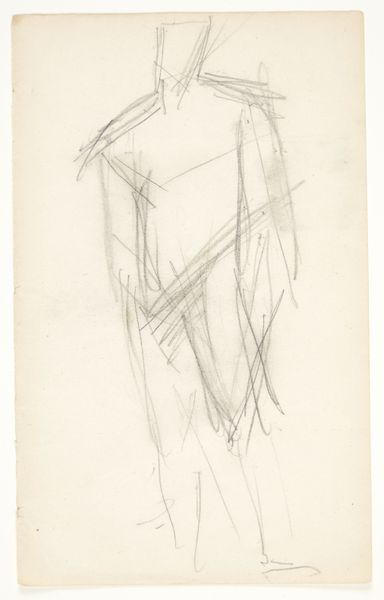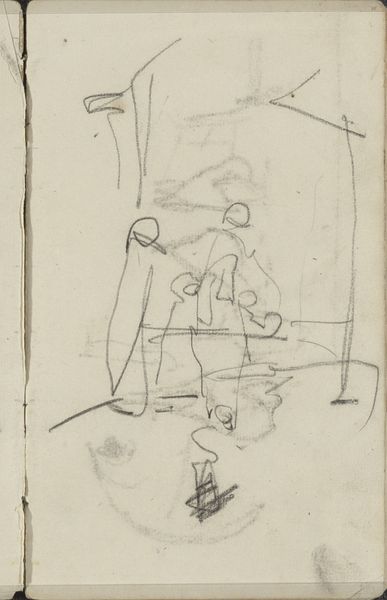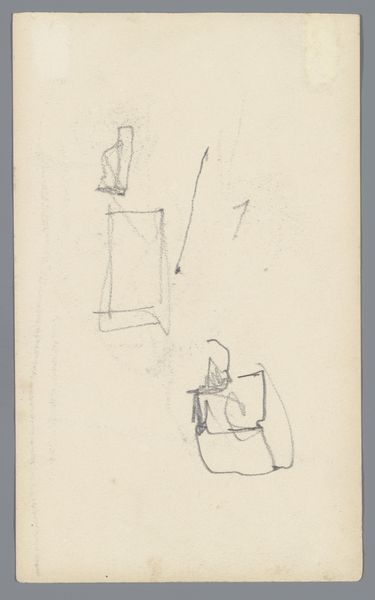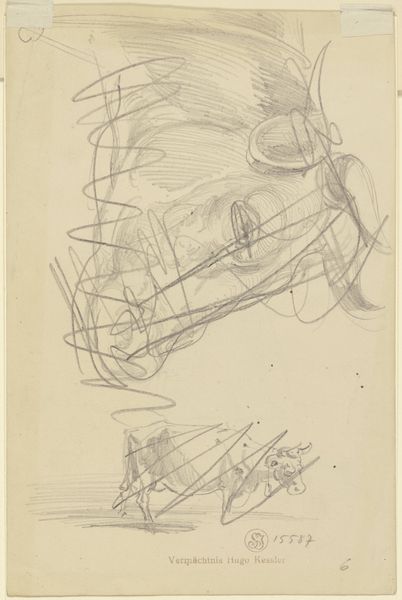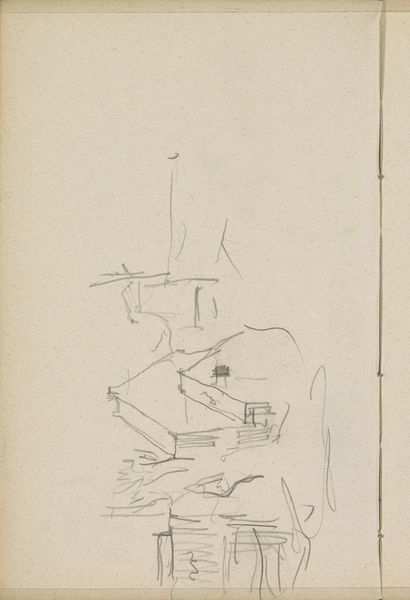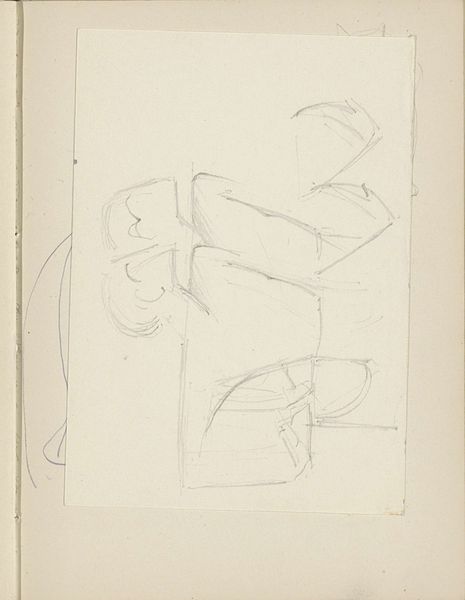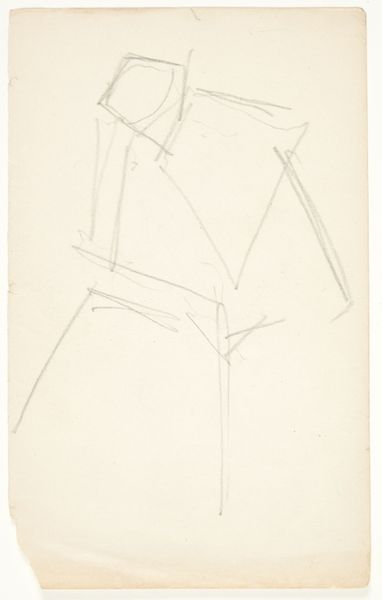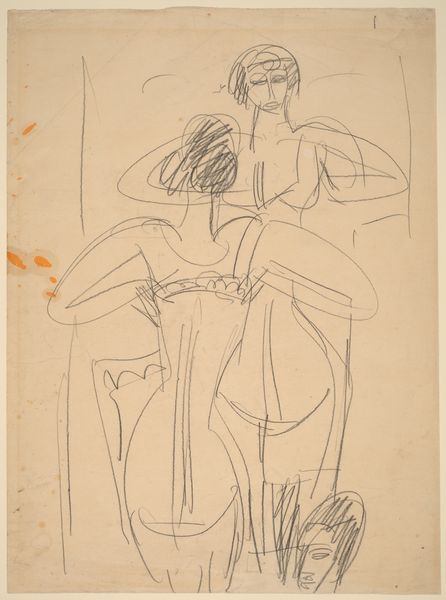![Untitled [study of feet] by Richard Diebenkorn](/_next/image?url=https%3A%2F%2Fd2w8kbdekdi1gv.cloudfront.net%2FeyJidWNrZXQiOiAiYXJ0ZXJhLWltYWdlcy1idWNrZXQiLCAia2V5IjogImFydHdvcmtzLzVlY2U2MjQwLWIwNWQtNDU4Yy1hMDRhLWNkZGMyZjFmNWNhNi81ZWNlNjI0MC1iMDVkLTQ1OGMtYTA0YS1jZGRjMmYxZjVjYTZfZnVsbC5qcGciLCAiZWRpdHMiOiB7InJlc2l6ZSI6IHsid2lkdGgiOiAxOTIwLCAiaGVpZ2h0IjogMTkyMCwgImZpdCI6ICJpbnNpZGUifX19&w=3840&q=75)
drawing, pencil
#
drawing
#
landscape
#
figuration
#
bay-area-figurative-movement
#
pencil
#
modernism
Dimensions: overall: 42.9 x 35.2 cm (16 7/8 x 13 7/8 in.)
Copyright: National Gallery of Art: CC0 1.0
Editor: This is Richard Diebenkorn’s “Untitled [study of feet],” a pencil drawing made sometime between 1955 and 1967. There’s something very vulnerable about it; the drawing feels so immediate and intimate. What can you tell me about this work? Curator: Well, let's start by acknowledging what's present, and perhaps more importantly, what's absent. We see the body – or fragments of it – reduced to these gestural lines. Consider the period in which this was created. What anxieties about the body were present in the mid-20th century? Think about abstract expressionism's rejection of traditional form. Editor: So, in that context, the partial depiction here is maybe about the limitations placed on the physical self? A reflection on the ways bodies are perceived and fragmented in society? Curator: Exactly! We have this tension between representation and abstraction. It’s as though Diebenkorn is asking us to question the boundaries of the body, of identity, and of the societal structures that confine it. And what does it mean that this study remained "untitled"? Editor: I guess that invites us to participate, to name it for ourselves, rather than letting the artist define its meaning for us. Curator: Precisely. It’s also important to remember Diebenkorn's exploration of space, something we see echoed in his "Ocean Park" series. How does this close, intimate study relate to broader themes of landscape and environment? Are these 'feet' in conversation with it? Editor: So maybe he's inviting us to consider the feet as a landscape too, as part of this bigger environment where our bodies are inherently situated? Curator: I would argue so. Perhaps these aren’t just a study of feet, but a study of the self in relation to space, identity, and societal expectations. It really makes you think about how our bodies navigate and exist in the world. Editor: This has really reshaped how I see the drawing; now I understand that the artist wasn't just showing, he was asking questions. Curator: And hopefully encouraging you to do the same.
Comments
No comments
Be the first to comment and join the conversation on the ultimate creative platform.
